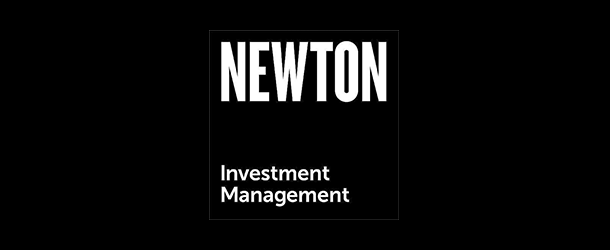Since the global financial crisis, central banks have been very active in supporting asset markets, and therefore in influencing the wealth of economies. As we move through 2018, we will increasingly see, and be talking about, central banks reversing this influence.
Economies have been moving at different speeds from one another, but central banks have actually ended up with very similar (aggressive) forms of monetary policy. We anticipate that this will change. As we are about to enter the Chinese Year of the Dog, we thought it would be useful to describe the different approaches by linking each of them to a different breed of dog.
For many years, we see central bankers as having collectively resembled St Bernards – rescuing economies and financial markets from the ‘avalanches’ of the US sub-prime mortgage crisis, and later on the eurozone crisis. Even the Japanese and Chinese central banks joined in. This period of intervention in markets was similar to the period after the First World War, when the most powerful individuals in the world were the heads of the four main central banks (Germany, US, Britain and France), each of whom responded in different, but ultimately stimulatory, ways to the growing crisis.
Now central banks are increasingly becoming a diverse bunch.

The US Federal Reserve (the Fed) is like a Bulldog. It is very powerful, and has already taken significant bites out of the previous zero interest-rate policy (‘ZIRP’). With economic growth in the US continuing to be reasonably strong, and inflation creeping higher, the US is likely to continue moving away from very easy monetary policy. In addition to raising rates, the Fed has begun the process of reducing its balance of US Treasuries and mortgage bonds. If inflation continues to build, it may accelerate this process by not recycling up to $50 billion of securities a month.

The Bank of England is like a guard dog – guarding against inflation, but also against complacency. Having reduced rates in 2016 following the Brexit vote, it reversed that cut in November 2017 as the economy responded to the low value of sterling and the benefits of a synchronised economic recovery. The Bank may look to do more, but the overextended consumer may put a brake on economic momentum.

Meanwhile, the Bank of Japan (BoJ) is less independent, and more like a guide dog steering the markets towards zero interest rates on 10-year government bonds. With inflation remaining below the BoJ’s long-term target, the central bank is able to offset the government’s significant requirement to issue bonds, which in itself would ordinarily drive yields higher.

Finally, we come to the European Central Bank (ECB), which is similar to a sheepdog – trying to corral the flock of EU27 nations into a single monetary pen. It too has begun the process of slowing down its monetary support for economies and markets. It is still buying €30 billion a month of bonds from the markets, helping to depress borrowing costs. However, this has been reduced from €60 billion and is probably not going to be continued once the current programme ends in September. Talk of raising rates could follow, but, with unemployment still high and spare capacity in the economy, the ECB has no need to rush.
Ten years after the global financial crisis, central bankers around the world are feeling more able to remove monetary support from markets. The global economy is improving, and there are concerns that, if central banks do not react, there could be growing inflation problems. Each central bank takes pride in its independence – not only from political influence but also from each other – and therefore the response and reaction from each will be different. This echoes the run-up to the Second World War, when each central bank needed to break from the gold standard, but did so at different times, which thereby created different paths to economic recovery.
This is a financial promotion. Any reference to a specific security, country or sector should not be construed as a recommendation to buy or sell investments in those countries or sectors.






Comments